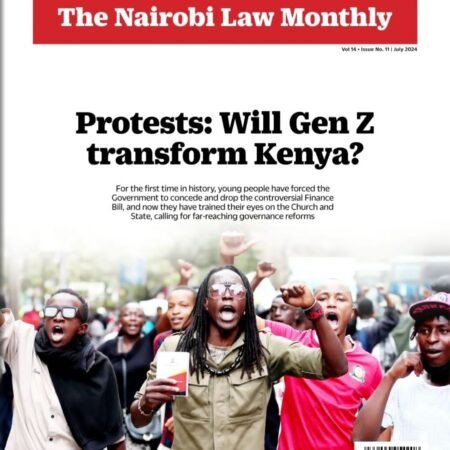The government has announced plans to review allowances paid to civil servants and teachers working in hardship areas.
Public Service, Performance and Delivery Management cabinet secretary Moses Kuria, while appearing before the Senate, said the move was geared towards promoting fairness and equity in the public service.
-
Sale!
Download Nairobi Law Monthly Magazine July 2024 Edition
Downloads Original price was: KShs200.00.KShs100.00Current price is: KShs100.00.
While acknowledging the disparities that have existed in the payment of allowances to those working in hardship areas, Kuria said that a multi-agency team had been set up to look into the matter.
The team, the CS said, will comprise representatives from the ministry of public service and gender, ministry of interior and coordination of the national government, ministry of education, the National Treasury and the Judiciary.
Other members of the team will also be drawn from the Public Service Commission, Teachers Service Commission, Salaries and Remuneration Commission, Commission on Revenue Allocation, the Kenya National Bureau of Statistics (KNBS) and the Council of Governors.
“The government is aware of the existing disparities in designated hardship areas in the Public Service and in order to address the same and promote fairness and parity of treatment of public servants, the ministry of public service and gender constituted an inter-agency technical committee,” Kuria told the Senate.
Kuria added that a report has been prepared awaiting submission to the Cabinet for approval.
Hardship areas are remote areas categorized as lacking or having inadequate basic social services, amenities and infrastructure, such as food, water, transport and communication services, social services, climate and terrain, security and poverty index.
Some of these areas include Suba, Kuria, Busia, Kajiado, Nakuru, Laikipia, Kitui, Kilifi, Keiyo, Marakwet, Kwale, Trans Mara, Mwingi, Tharaka, Mbeere, Malindi, Machaks, Nyeri, Kiambu, Maragwa and Nyandarua.
Others are Kericho, Kisumu, Thika, Koibatek, Narok, Makueni, Isiolo, Moyale, Marsabit, Garissa, Mandera, Wajir, Lamu, Tana River, Taita Taveta, Baringo, Samburu, Turkana, West Pokot, Ijara, Nandi and Meru North.
The Civil Service both in the national and county governments have 16 designated hardship areas while the Judiciary has 21 areas designated as hardship areas based on location of the law courts.
The number of designated hardship areas for the Teaching Service was increased from 36 to 44 in 2005.


